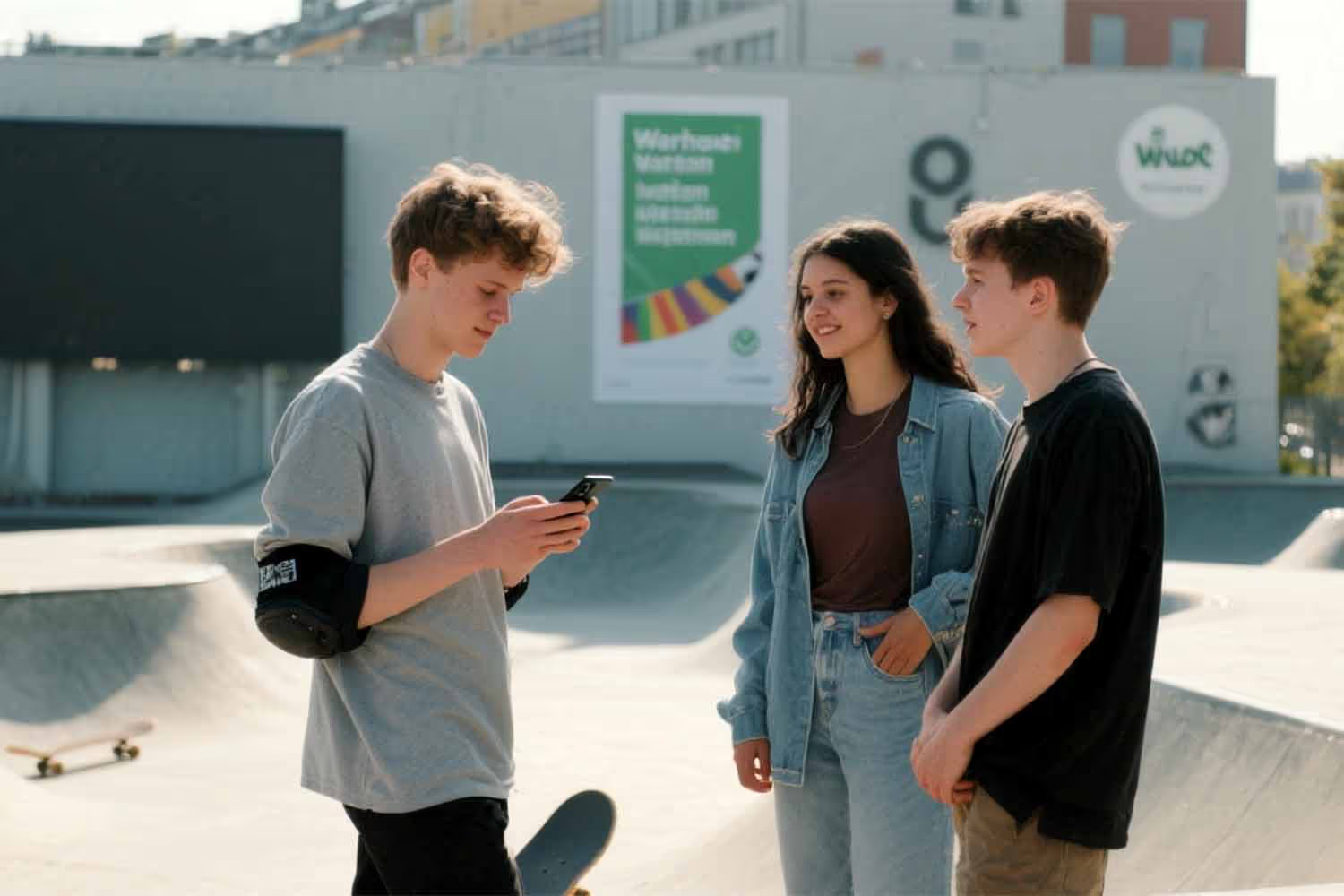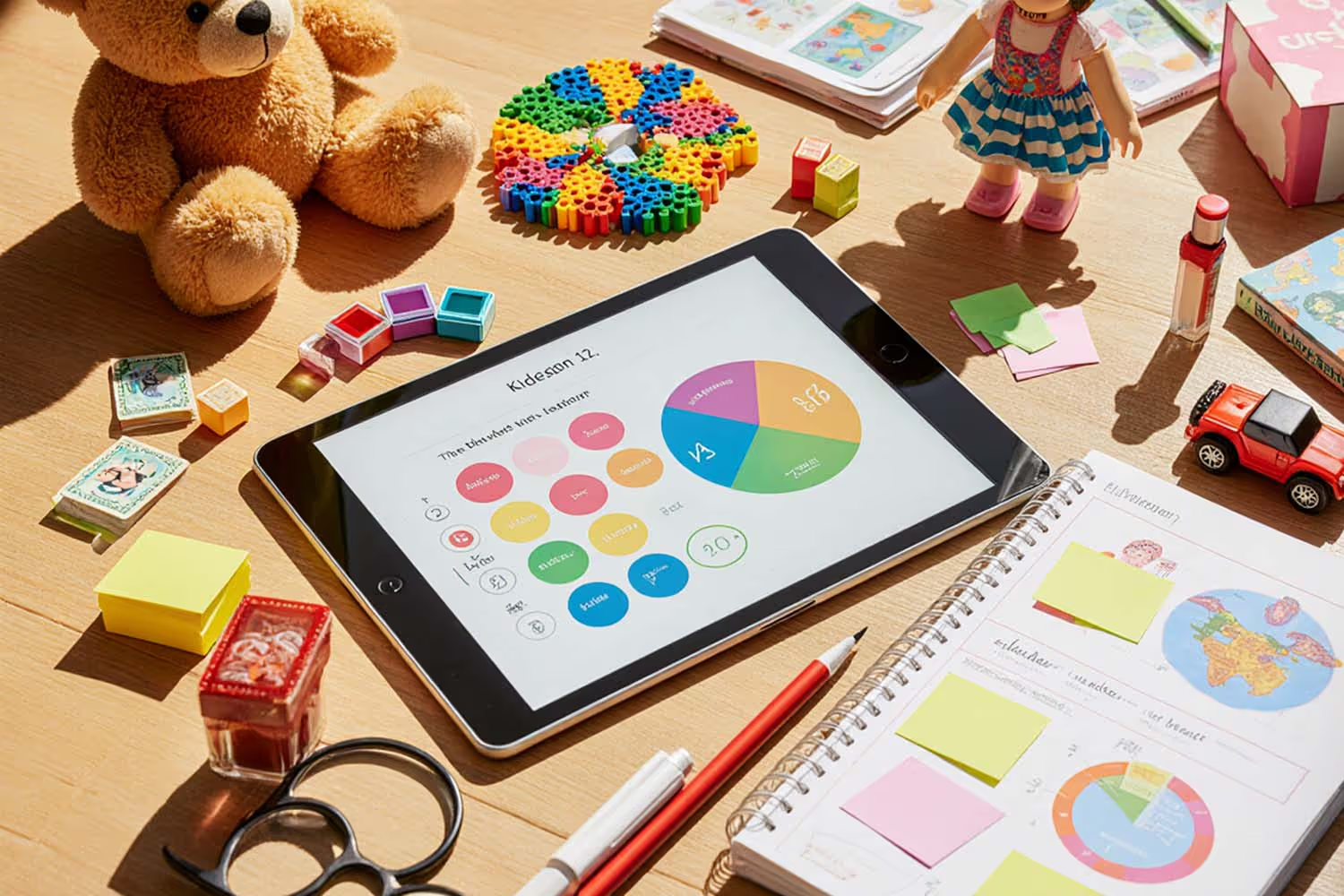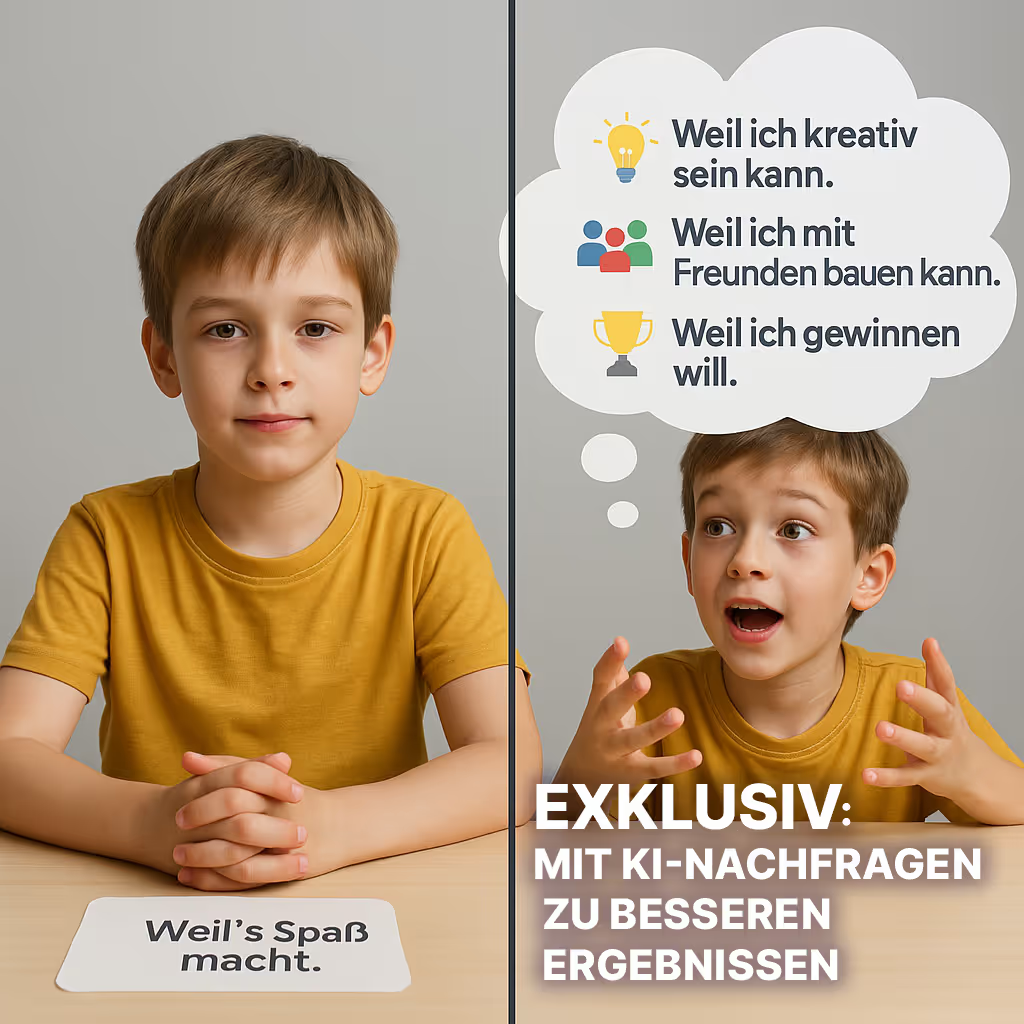Introduction: Understanding young people secures the future
For many FMCG, retail and media brands, it is the big puzzle with billions in potential: the Generation Z. Her loyalty is fleeting, her media usage is fragmented, her values are more political — and she decides early on which brands belong in her life. Anyone who doesn't understand young people today will no longer be relevant tomorrow.
Despite intensive social media activities, trend monitoring and influencer campaigns, there is often a gap between brand promise and youth reality. Brands are losing authenticity because they focus on Gut feeling instead of reliable data Leave — or get away from TikTok myths Let it be guided.
1. TikTok myth: Fast, loud — and understood on the surface
TikTok is regarded as the trend barometer for young people. No pitch, no strategy without buzzwords such as “snackable content,” “edutainment,” or “authenticity.” But the platform often delivers more noise than relevance. Likes are not loyalty.
🚩 Dangers caused by blind TikTok focus:
- Short-term activism instead of long-term brand loyalty
- Focus on virality rather than relevance
- Distorted image of youthful interests (overindex to hypes, sub-index to values)
➡️ What is missing: A look behind the likes — profound understanding of target groups, which goes beyond platform statistics.
2. What young people really expect — and why many brands fail because of it
Recent studies show a clear discrepancy between youth aspirations and brand reality.
📊 Central expectations young people have of brands:
- Authenticity instead of perfection: Young people immediately sense inauthentic communication.
- Value orientation: Topics such as mental health, sustainability or diversity are not nice-to-haves, but expectations.
- participation: Gen Z wants to be involved rather than played on — as a community, not just a target group.
❌ Typical disconnects:
- Environmental campaign without a transparent supply chain
- Diversity campaign with stereotypical images
- Cool TikTok presence but no dialogue on the website
3. Why traditional market research often fails
Many market research approaches are based on traditional methods: too long, too formal, too far away from everyday adolescent life. Young people don't want to be interviewed — They want to be understood.
💡 New approaches to successful youth market research:
- Mobile-first surveys with gamification elements
- Community-based long-term panels
- Ethnographic studies with everyday accompaniment via video & chat
- Combining quantitative insights with qualitative in-depth interviews
At KB&B, for example, methodologically hybrid research designs used, for example, to change values, media use or brand associations contextual rather than isolated to be recorded — always from the perspective of young people themselves.
4. Pitfall of personas: When target group images become caricatures
Many marketing strategies are based on fixed personas (“Lena, 16, TikTok lover”) — including Gen Z no homogeneous mass. Understanding of Living environments and environments, not just demographics.
✅ recommendation:
- Work with socio-cultural segmentations, e.g. based on value orientation, media preferences, lifestyle.
- Include psychographic characteristics such as attitude, lifestyle and role models.
- Regularly question existing target group images with fresh insights.
5th use case: How an FMCG brand regained its Gen Z relevance with market research
A leading FMCG brand (anonymization by KB&B) faced a typical problem: Decreasing awareness among 14—19-year-olds, weak performance in social media engagement, loss of image in terms of sustainability.
🔍 Proceed:
- Qualitative quantitative in-depth study with a focus on sustainability perception, trust and storytelling relevance
- Construction of a Youth think tanks with co-creation workshops
- Development of a communicative refresh concept — in language, platform choice and purpose narrative
🎯 Outcome:
- Significantly increasing identification in the target group
- Improved brand lift values compared to competitors
- Virality of a reimagined TikTok format with co-creation content
➡️ Success factor: The insights were not only “nice to know”, but operationalized relevant to strategy — from creation to media to POS.
6. Checklist: 7 questions that every brand should ask itself before marketing to young people
✅ Do we have current, methodologically sound insights about the target group?
✅ Are we working with real living environments — or with outdated personas?
✅ Is our brand story compatible with youthful values?
✅ Are our social activities sustainable or just trend-driven?
✅ Is our TikTok channel a real dialogue offer — or just a showroom?
✅ Do we actively involve young people — instead of just addressing them?
✅ Are we working with a partner who really understands youth?
7. Recommended action for decision makers
Marketing decision makers and product managers must learn to Detach from the glow of the surface. Youth marketing is not a matter of course — and TikTok alone is not a strategy. If you want to build long-term relevance, you need:
- Data that depicts posture — not just behavior
- Methods that young people take seriously — instead of instrumentalizing them
- Partners who mediate between market research, content and brand strategy
Conclusion: Youth market research is not a duty, but a strategic lever
The brand loyalty of young target groups today determines tomorrow's market shares. But only those who are ready Really listen, can build trust and loyalty. Relevant insights are not a secondary role — they are the key.
👉 KB&B | FAMILY FACTS connects methodological depth with strategic feasibility — and makes youth really understandable.









